Poisoning – it’s a major cause of hospitalisation for young children in New Zealand. On average, two children are admitted to hospital every day because of swallowing poisons.
83% of these children are between 0 and 4 years of age and this makes poisoning the third most common cause of injury-related hospital admissions for children of this age. Nearly three-quarters of all childhood poisonings occur in the home.
These statistics are pretty scary so what can be done to prevent poisoning.
Firstly let’s look at why and how poisoning happens.
Poisonings often occur when a substance is not in its usual storage place – perhaps it’s in use or between uses. A parent or caregiver might be distracted when using a cleaning product or just before or just after giving a dose of medicine to a child. The distraction might be a telephone call or another child calling for attention – but the result is that an adult leaves something exposed and a child gets into it. Poisoning can only take a few seconds to happen.
The two strongest risk factors related to childhood poisoning are visibility and low-level placement i.e. when a substance is both able to be seen by a child and it’s placed less than one metre from the ground. Research shows parents underestimate the climbing ability of their children. Often poisonings happen when a child takes a developmental leap i.e. they do something for the very first time. A parent may think that a medicine is safe when stored on the bench or on top of a set of drawers because their child cannot reach it. However poisoning may occur the very first time a child drags a stool or chair over and uses it to climb up to reach the medicine.
Children can act very quickly and may only need a few moments to get into something they shouldn’t. And we know that they are also naturally curious; they learn by exploring and most things go straight into their mouths. They don’t have the ability to recognise danger or to know what substances will harm them. And many medicines and household cleaners look just like lollies or drinks to a little person.
So thinking about these risk factors of visibility and low level placement, key strategies for preventing poisoning are to store all medicines and other poisons out of reach i.e. at least one metre off the ground, out of sight and preferably locked away.
Other ways to be safe with medicines to help prevent poisoning include:
- Special locking devices are available for cupboards and drawers. Remember to use these all the time.
- If a medicine needs to be kept in the fridge place it well back in the fridge and out of sight of children.
- Use a reminder on your phone or an alarm to remember when to give a medicine rather than leaving it on the bench as a prompt.
- Call medicines medicines – don’t pretend they are sweets, lollies or other treats to entice children to take them. Educate children that medicines are for use only with adults.
- Buy medicines in small quantities so you don’t have large amounts to store at home.
- Safety caps are automatically used on most children’s medicines. And you can ask your pharmacist to provide you with safety caps for other medicines. Most use a push and turn action that is simple for adults but difficult for children. They are not child proof though – while they make it harder for children to get at a medicine, it’s not impossible. Strip, blister or bubble packaging is another form of safety packing but it does not guarantee safety either.
- Keep medicines in their original containers – never use food or drink containers to store them and never put different tablets or capsules in the same container.
- Take care when grandparents or other friends or family visit or you go to visit them. They may not be used to children being around and needing to store medicines safely and so you will need to organise this. Ask visitors if they have medicines in handbags or suitcases and put these out of reach. If anyone is using weekly medicine organisers, these are unlikely to be child resistant so make sure they are stored out of reach and out of sight of children.
- Return unwanted medicines to your pharmacy for safe disposal. It’s not appropriate to flush them down the toilet, wash them down the sink or put them out in the rubbish.
And remember it’s not just medicines that are poison.
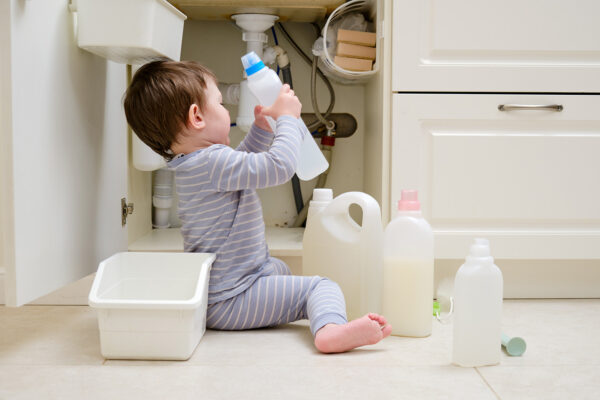
Cleaning products, detergents, paint, turps, meths, garden products, nail polish remover can also be poisonous. The same guidelines apply for the safe storage of these products.
- Read labels carefully
- Don’t mix different cleaners together as they may interact to form toxic gases
- Make sure you clean up after working around the house, car and garden
- Throw away left over cleaners, sprays or paint products straight away
- If you have to mix sprays or soak brushes, don’t use cups, drink bottles or other containers that usually hold food or drink – even adults could drink from these containers by mistake.
Remember, even if a poison is well out of reach but children can see it, they will often try to climb up to it. Always keep poisons where children can’t see them.
Poison helpline
If you think your child may have been poisoned:
- immediately call the National Poisons Centre helpline on 0800 POISON(0800 764 766) 24 hours a day, 7 days a week even if there is no obvious sign of poisoning
- Remove the poisonous substance from the child immediately
- Don’t give them anything to eat or drink
- Don’t try to make them vomit – if a poison is caustic it may cause more burning on the way up.
- Take the container with you to the phone so that you can tell the Poisons Centre what has been swallowed or splashed in the eye or on the skin
- If you can’t telephone anyone, take the child straight to the nearest hospital emergency department or medical centre. Take the container with you.
- CALL 111 if the person is unconscious or has stopped breathing.
Written by: Jenny Cade
This blog provides general information and discussion about medicine, health and related subjects. The information contained in the blog and in any linked materials, are not intended nor implied to be a substitute for professional medical advice.






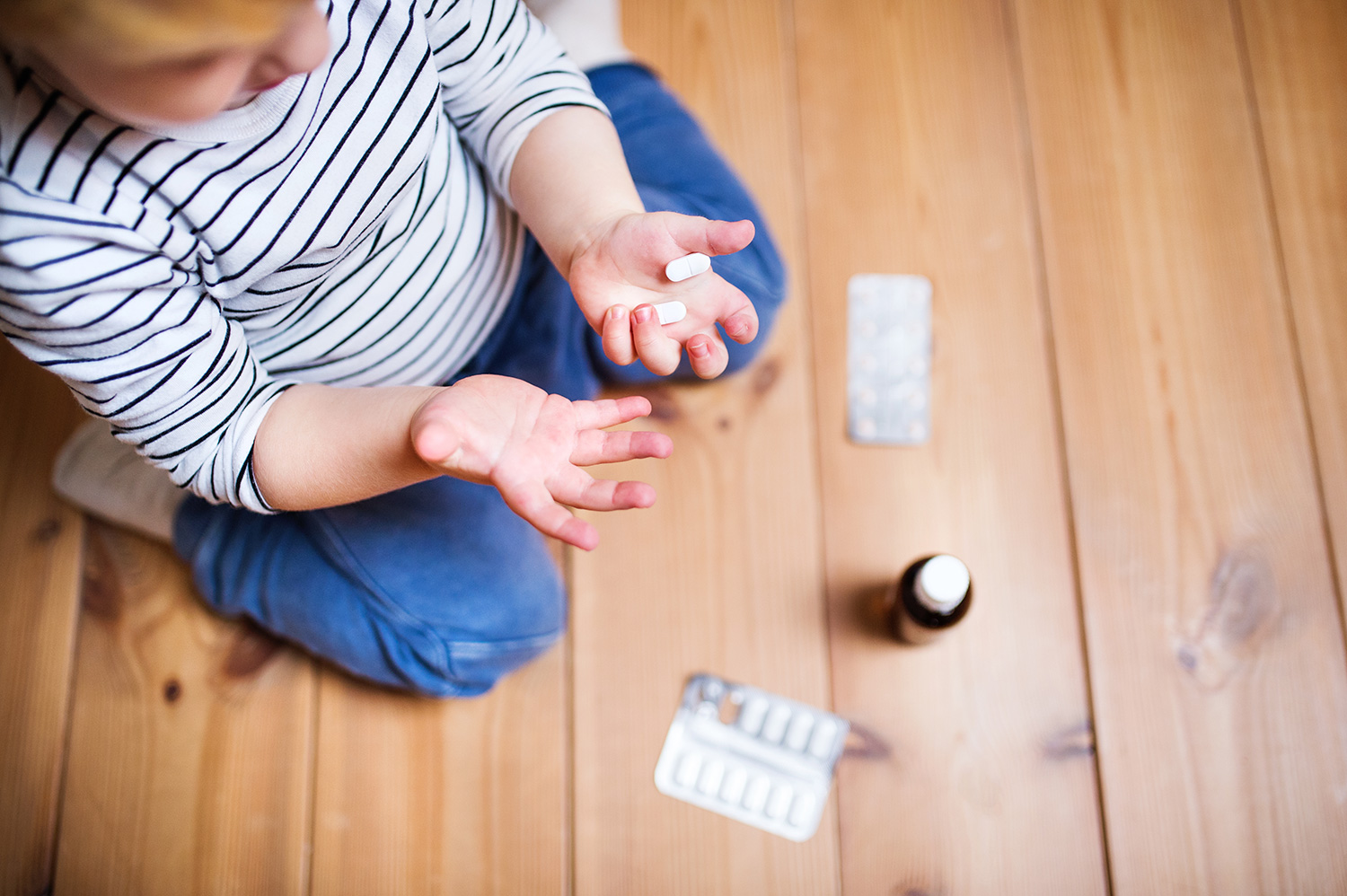

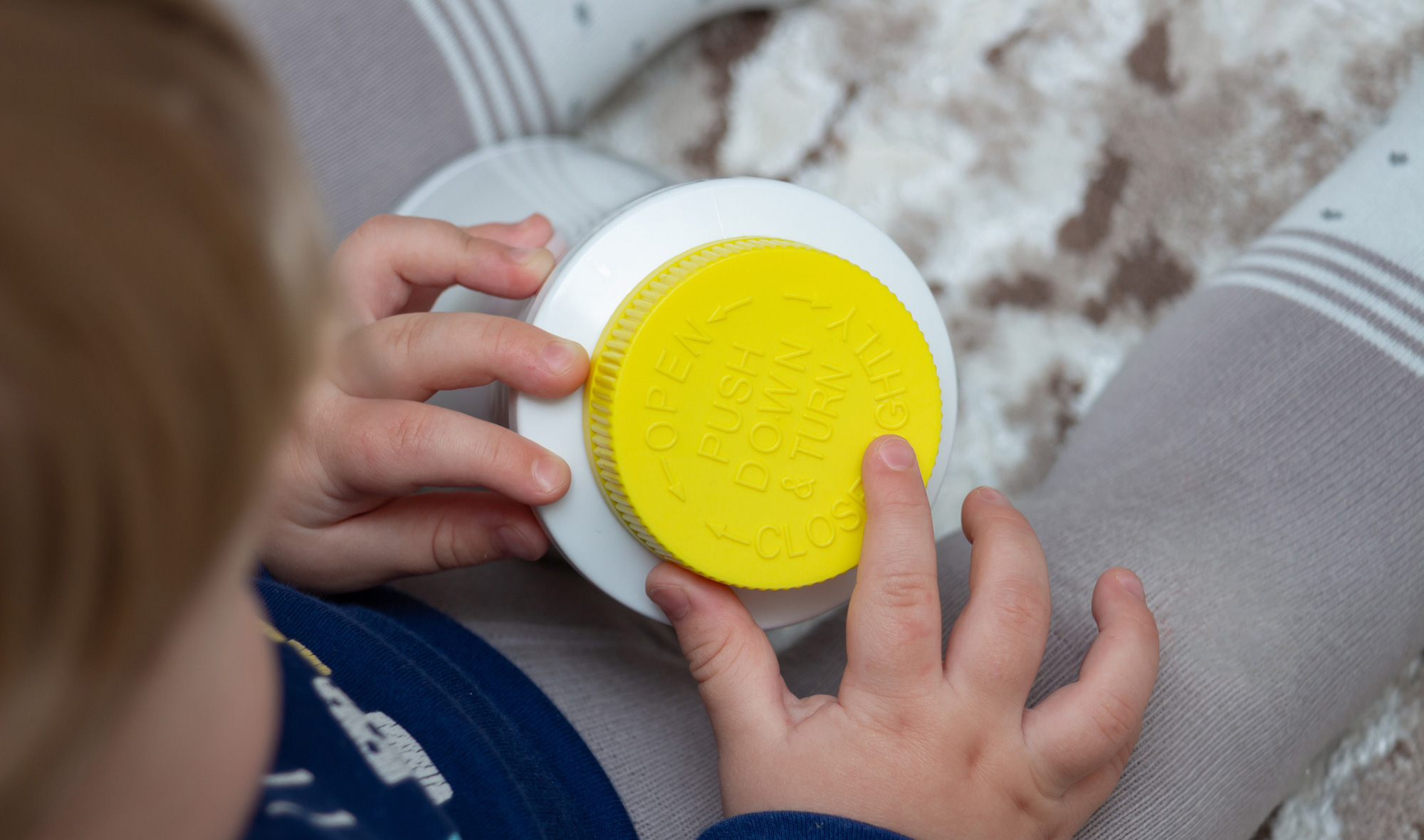


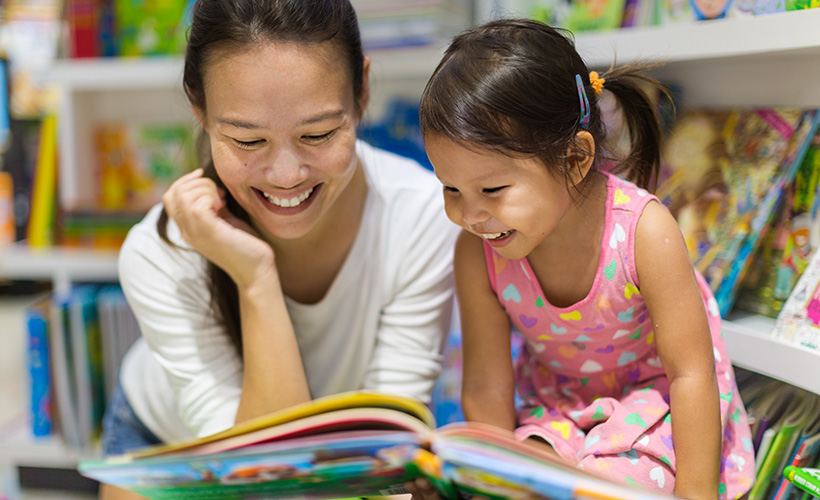
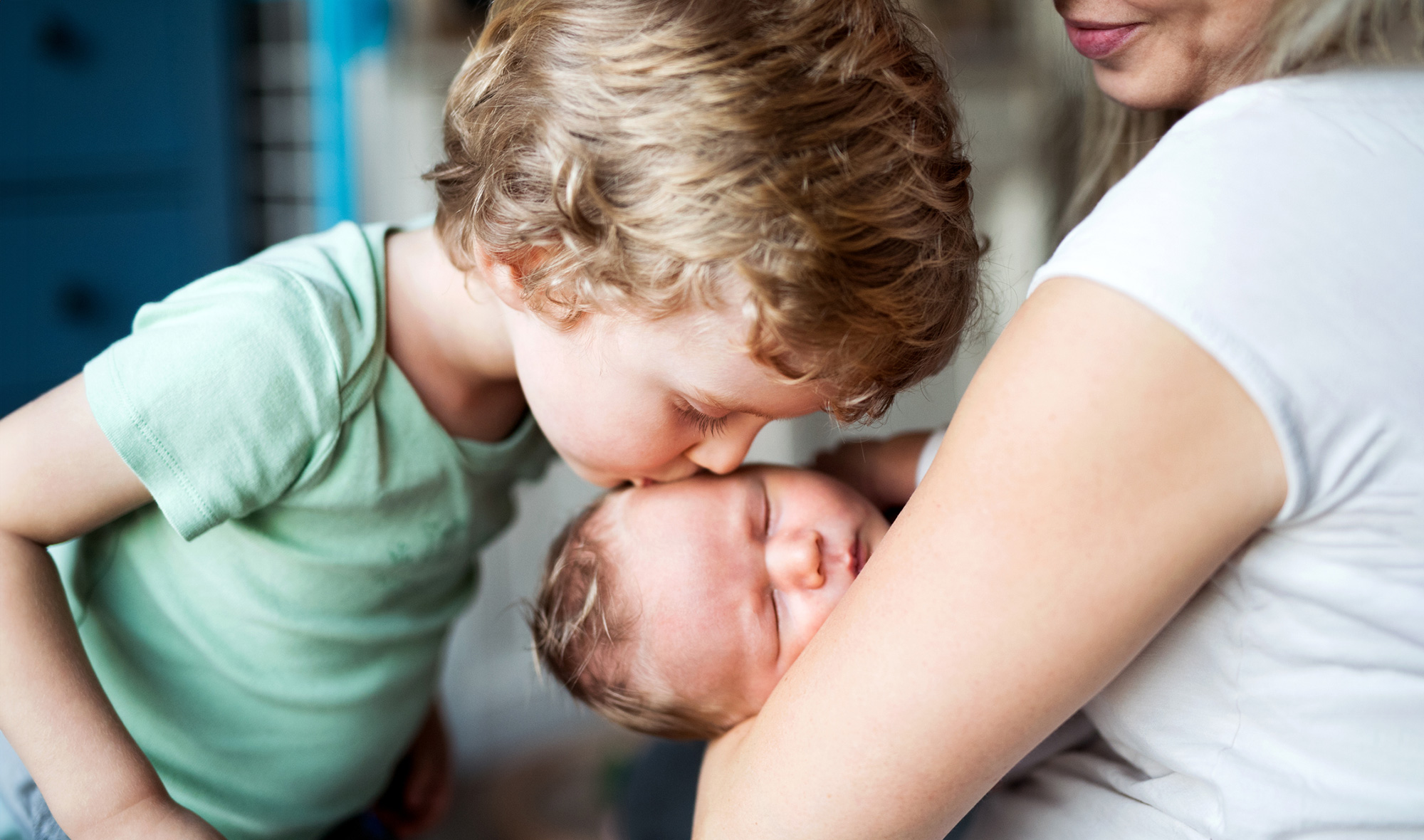
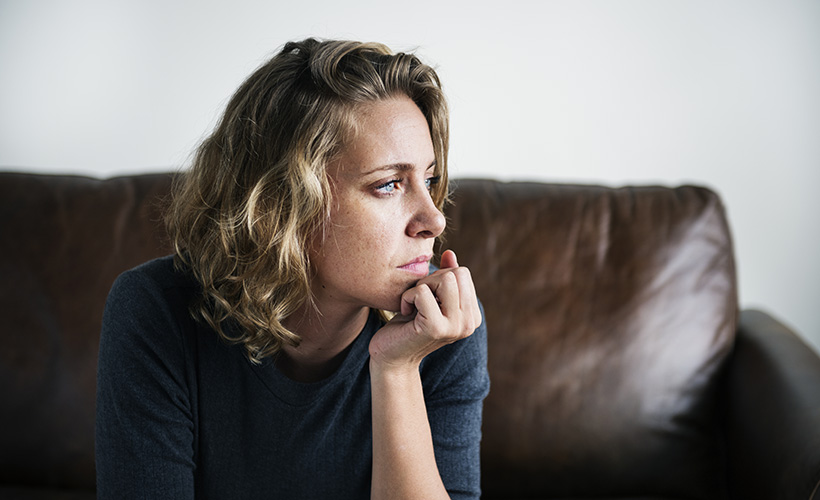

Community